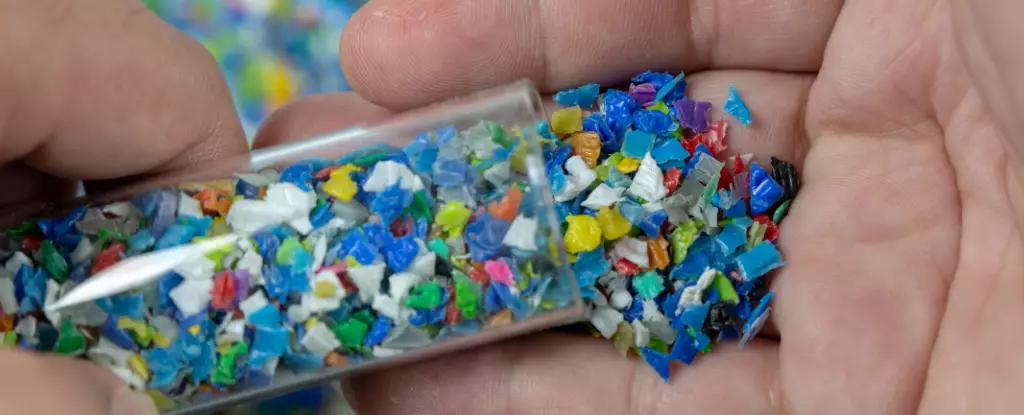In contemporary society, plastics permeate every aspect of our lives. Whether it is through our food packaging, household items, or personal care products, the use of plastic is nearly ubiquitous. Unfortunately, alongside this convenience comes a hidden danger: exposure to plasticizers, synthetic chemicals added to make plastics more malleable and durable. New research indicates that these chemicals, especially in urban environments like Southern California, are being absorbed into our bodies at alarmingly high levels. Noted toxicologist David Volz from the University of California, Riverside, has characterized this exposure as being “through the roof,” highlighting the fact that almost everyone, regardless of their lifestyle or location, is continuously exposed to these ubiquitous chemicals.
While not every plasticizer has been definitively linked to severe health repercussions, several compounds have raised significant alarm due to their potential toxicity. For example, di(2-ethylhexyl) phthalate (DEHP), a prevalent plasticizer, has been flagged for its association with various health concerns. Recent legislative action in California illustrates this urgency; the state has banned DEHP from medical uses, acknowledging its links to cancer risks, reproductive harm, and developmental impacts on children.
Despite prior bans on DEHP in children’s products, new findings suggest that residents in Southern California are still frequently exposed to this and other harmful plasticizers. Research conducted using silicone wristbands worn by UC Riverside students underscored the extent of this exposure. The experimental setup aimed to quantify the levels of ten known plasticizers absorbed from environmental factors over several days, yielding shocking results that surpassed researchers’ expectations.
The disturbing levels of plasticizer absorption discovered in Southern California are not isolated to this region. Similar levels of exposure have also been documented in areas on the East Coast of the United States, suggesting a broader, systemic problem. The high concentration of specific plasticizers detected in the wristbands—particularly DEHP, DiNP (di-isononyl phthalate), and DEHT—raises red flags about our collective health. DiNP has been preliminarily assessed to be potentially carcinogenic, while DEHT, introduced as a supposedly safer alternative, remains poorly understood in terms of toxicity.
What is particularly distressing is that phthalates, the family of compounds that includes DEHP and DiNP, infiltrate our bodies through multiple pathways: ingestion, dermal contact, and inhalation. Despite their short-term presence in the human body, studies have shown they can accumulate in varying concentrations, leading to long-term exposure consequences that are still largely unknown.
In response to the escalating public health concerns, the U.S. Environmental Protection Agency (EPA) has begun reevaluating the safety of DEHP, DiNP, and broader phthalate categories. Preliminary assessments suggest that these chemicals could be carcinogenic and pose considerable liver damage risks at higher exposure levels. The EPA’s acknowledgment of the pervasive nature of phthalate exposure throughout industrial and consumer products signals a crucial step toward regulatory scrutiny.
The findings from these recent studies urge a reevaluation not just of plasticizer use in products but also of urban public health policies surrounding chemical exposure. The challenge remains: how can we mitigate these widespread and largely invisible contaminants given their obstacles in regulation and public awareness?
Ultimately, the evidence of toxic plasticizer exposure presents both a sobering reality and an urgent call to action. As we become more aware of the chemicals surrounding us, there is a growing necessity for a societal shift towards identifying safer alternatives and regulating the use of harmful substances in consumer goods. Awareness, scientific research, and legislative action must align to confront the lurking dangers of plastic exposure in our daily lives, forming a proactive approach toward fostering a healthier environment for all.

